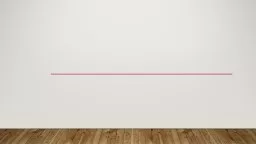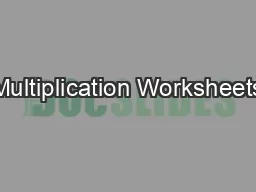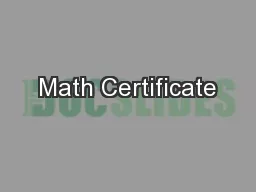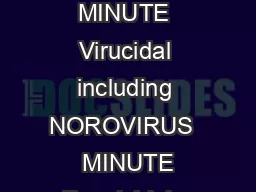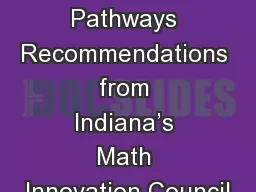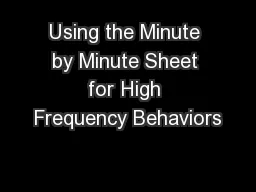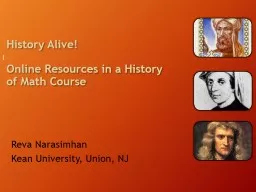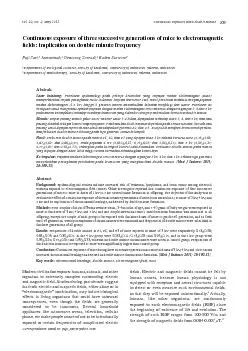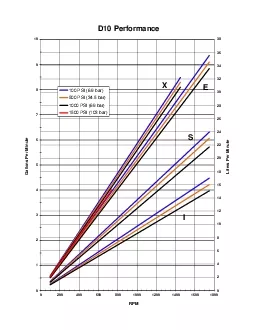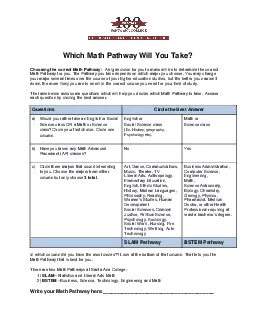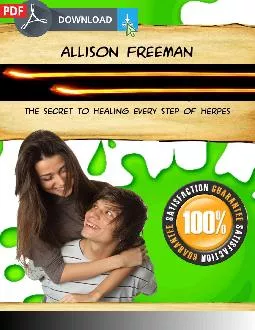PPT-World History 2/5-2/9 Math Minute
Author : dollysprite | Published Date : 2020-07-04
2 5 Answers Leaders During WW II ActivityGallery Walk For your assigned Leaders you will look up the following information for your notebook and chart Country
Presentation Embed Code
Download Presentation
Download Presentation The PPT/PDF document "World History 2/5-2/9 Math Minute" is the property of its rightful owner. Permission is granted to download and print the materials on this website for personal, non-commercial use only, and to display it on your personal computer provided you do not modify the materials and that you retain all copyright notices contained in the materials. By downloading content from our website, you accept the terms of this agreement.
World History 2/5-2/9 Math Minute: Transcript
Download Rules Of Document
"World History 2/5-2/9 Math Minute"The content belongs to its owner. You may download and print it for personal use, without modification, and keep all copyright notices. By downloading, you agree to these terms.
Related Documents

